
When it comes to portable power stations, I’m inclined to say that the ability to store and carry with you a significant amount of energy is priceless. But of course these days you can put a price tag on nearly anything. With portable power stations, that’s usually about $1/watt and $1/watt-hour, at least with the big names in the industry. But with the introduction of several new competitors to this growing industry, units like the VTOMAN Jump 1500 and its expandable auxiliary battery are helping lower prices on these convenient new forms of energy storage.
I recently had the chance to test out two of VTOMAN’s unit: the VTOMAN Jump 1500 (which is both a portable power station AND a car jump-starter) and its plug-and-play expandable battery pack.
When the two are connected together, they add up to just over 3,000Wh. They also use a LiFePO4 battery chemistry meaning they’ll last for thousands of charges instead of hundreds. And the kicker is that instead of the typical $3,000 price you’d expect for a $1/W ratio, the pair cost just $1,600 when you use the Amazon coupons on the product pages.
If you’re good with 1,500 Wh of capacity and don’t need to double it with the extra battery, the main Jump 1500 unit is on sale for just $999 when using the $600 coupon on the Amazon page. That’s some great $/Wh value right there!
Let’s start by taking a look at what you get with these units, and then we’ll dive into what they can do.
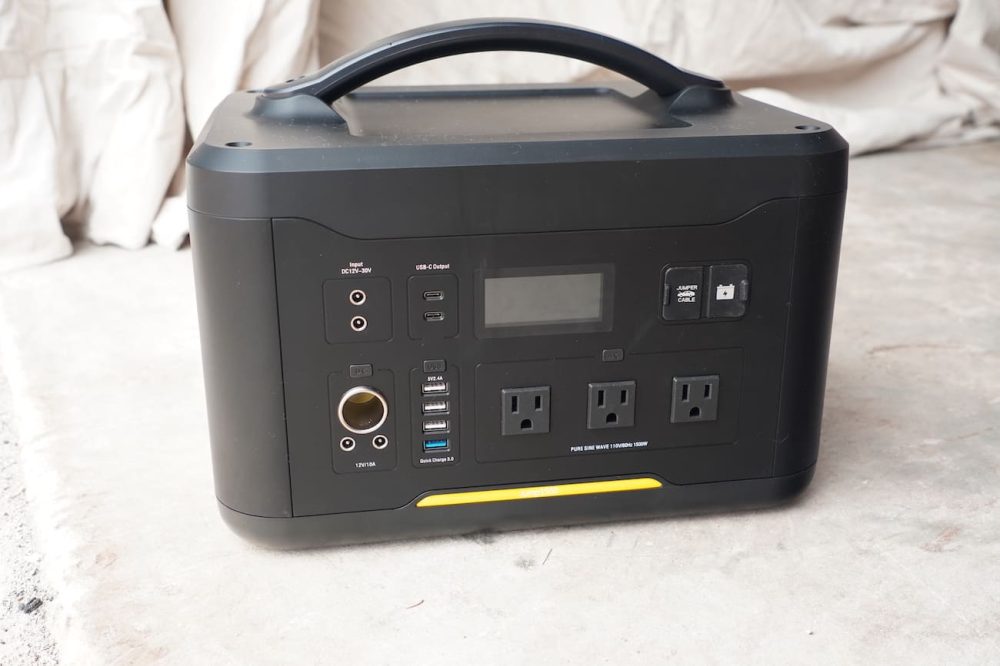
VTOMAN Jump 1500: What’s included?
For starters, the VTOMAN Jump 1500 comes with all the standard accessories you’d expect with these kind of power stations, meaning plenty of accessory cables and a standard wall charger.
But there’s also something I haven’t seen in other power stations before: a set of jumper cables. That’s because the Jump 1500 – as the name implies – is also set up for jump-starting the battery on a car.
There’s a special port in the upper right corner of the unit where you can connect VTOMAN’s jumper cables, and then you’ll be off to the races.
The rest of the outlets are all fairly standard issue. We get three 110V AC outlets that can handle a combined 1,500W of power or 1,000W of power individually. There are four USB-A outlets and a pair of USB-C outlets. Those USB-C outlets can each provide 100W of power, so you can charge up a pair of high power laptops or other USB-C device quite quickly. One day we’ll hopefully have electric bike batteries that can also charge from USB-C, but that could take a while.
There are also a couple of inputs for solar panels. The input voltage ranges from 12V-30V DC, meaning you can connect most panels that output something in that range. Most people will probably elect to charge the VTOMAN Jump 1500 from the wall charger though, which is included in the accessory bag.
Speaking of that bag, it’s a nice touch. Many portable power stations just include loose cables or package them in a carton that is sure to be crushed or thrown out fairly quickly. But the bag here helps keep everything organized, especially if you’re letting the unit and its accessories float around your car trunk on a regular basis.

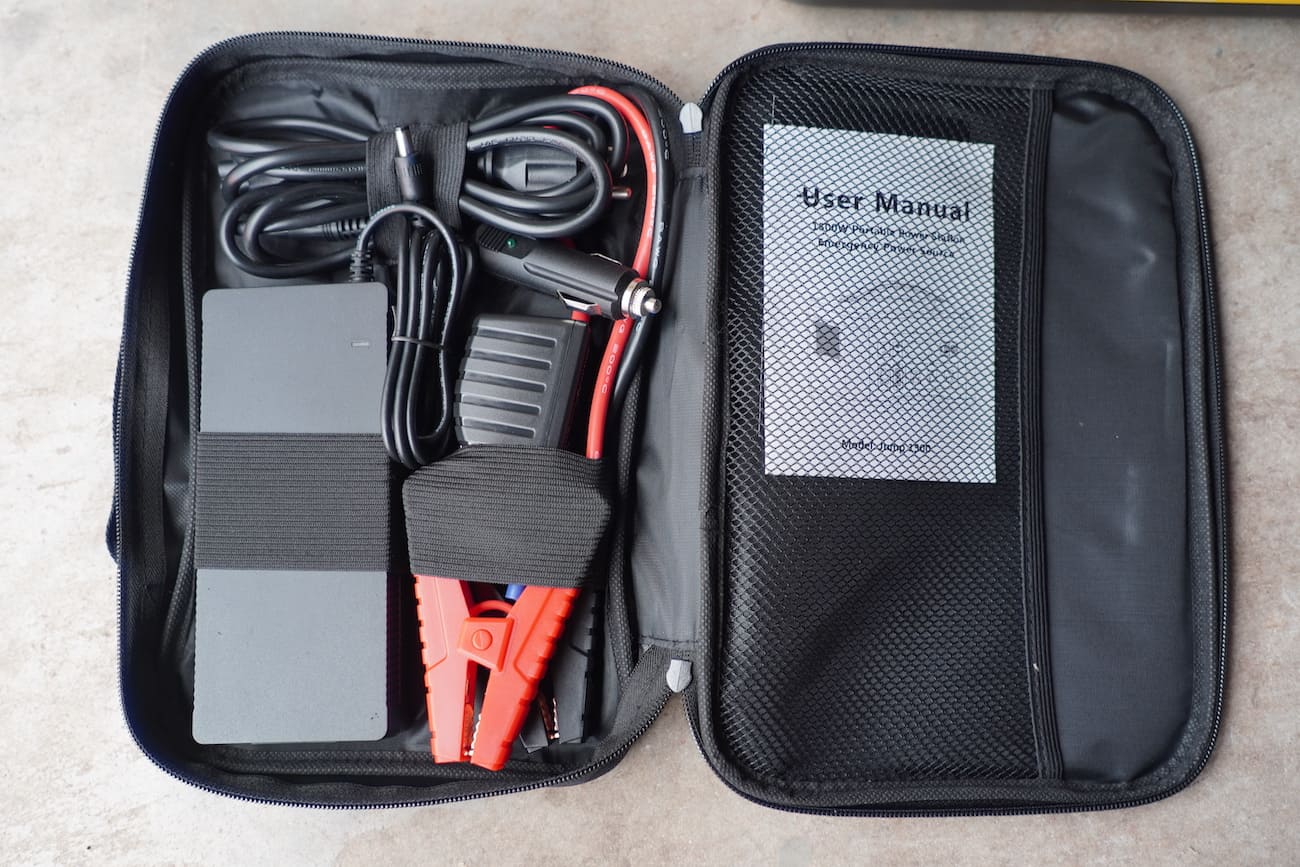
Extra battery pack for longer run time
The auxiliary battery is much simpler than the main Jump 1500 unit.
It doesn’t have any outlets designed for device charging. Instead, it has just one plug designed for the connector cord that binds the two units together.
There’s a nice dust cover over the outlet to keep any errant drizzle or splashes out, and the cord itself is nicely solid feeling, not like some cheap cable. It looks and feels like you could run over it with your car then plug it between the units to find out that it still works fine.
It’d be nice if there was an actual screen on the auxiliary battery so you knew exactly how much battery charge you have left. I’m not sure why, but the four LED squares make me irrationally annoyed. We have the technology; I want a more precise readout of how much battery charge I have remaining in the unit!

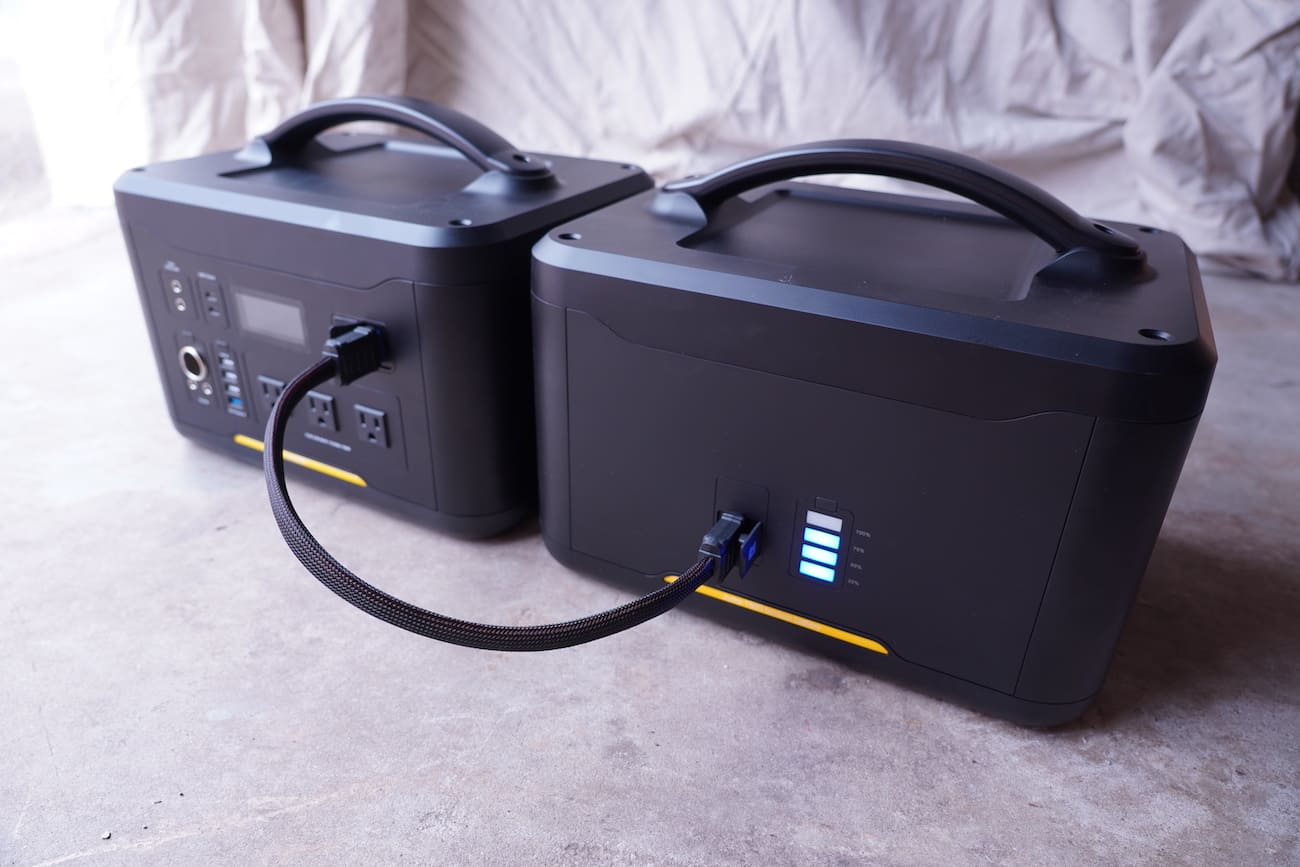
Even so, it’s hard to complain too much when you consider the pricing. With a 1,500W continuous power rating and 3,000W of peak power from the unit, there are some serious possibilities here.
I mostly used the device to charge up my cameras, power tools, air inflator, and e-bikes, but higher power items like refrigerators and hair dryers are now in play thanks to the impressive power rating of the device.
I also really like that you have the option of going with just 1,500Wh of capacity or doubling up for 3,000Wh.
Depending on the scenario, dragging 3,000Wh of battery to a field site might be more than you need, and that could be an occasion to leave the extra battery at home. Or if you’ve got a storm coming in, having that extra battery could offer extra peace of mind by knowing you’ll be able to keep your devices running twice as long.
There’s still something to be said for staying with a major player and known entity in the power station industry, but new players like VTOMAN are offering compelling options that seem to be driving down costs while democratizing this empowering new technology.
As these types of power stations become even more common, I think we can expect to see prices continue to head in the direction that favors consumers like you and me.
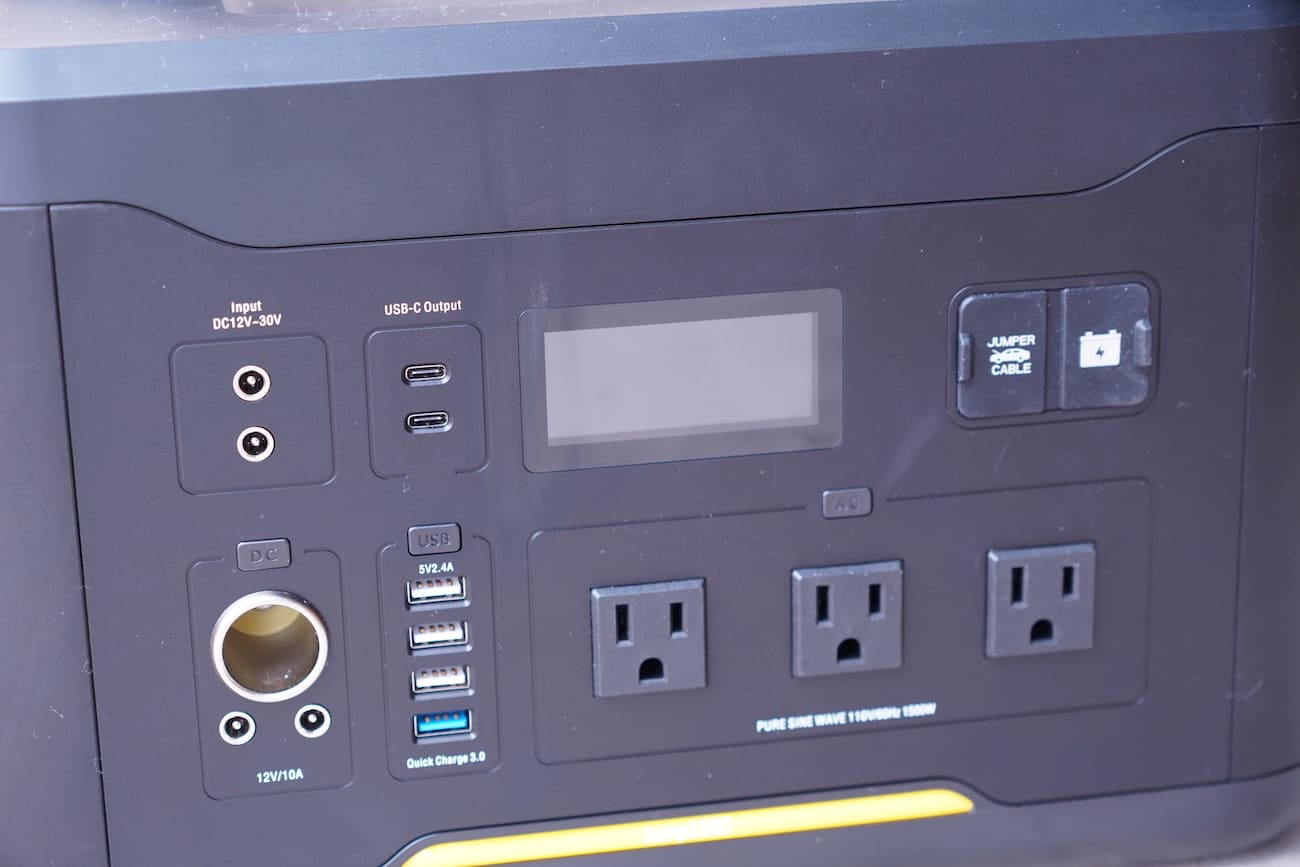
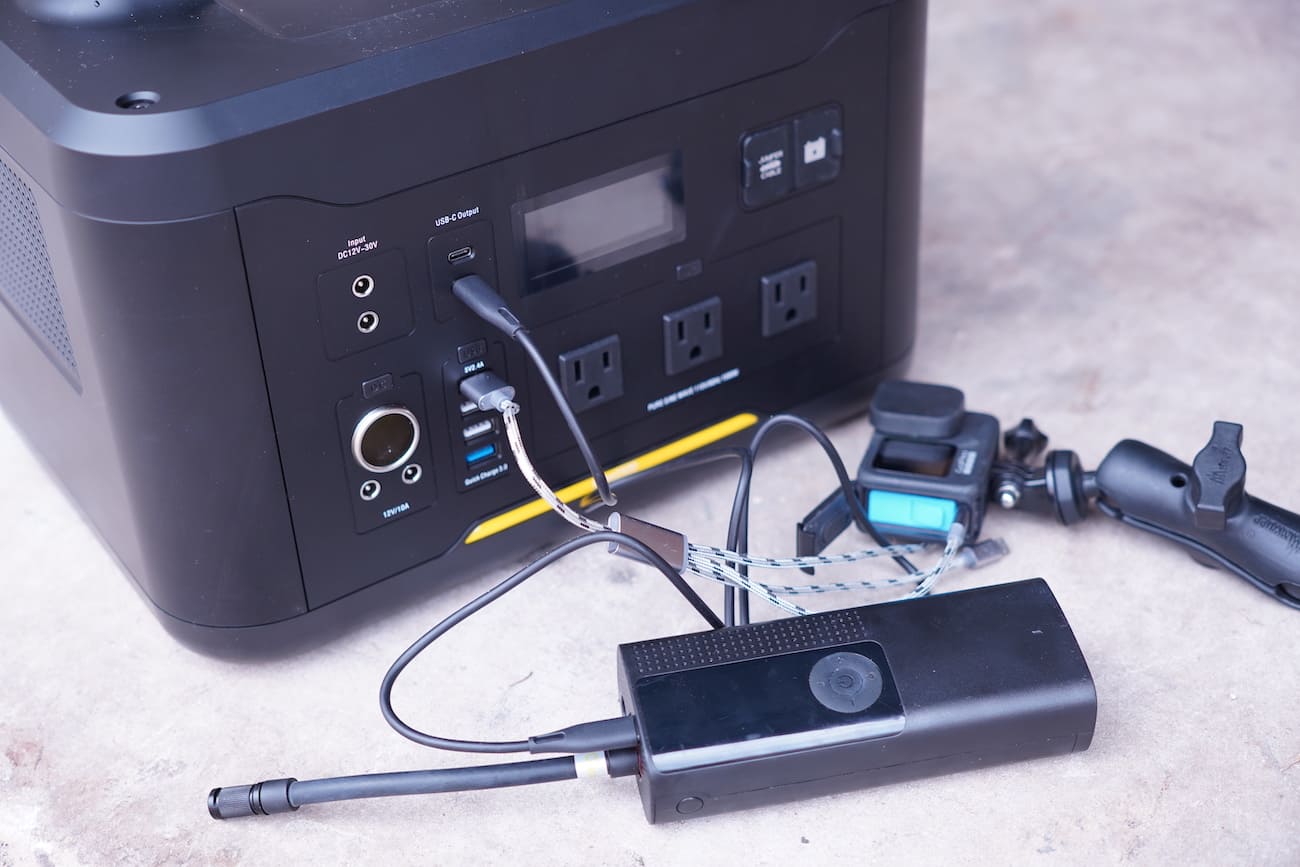
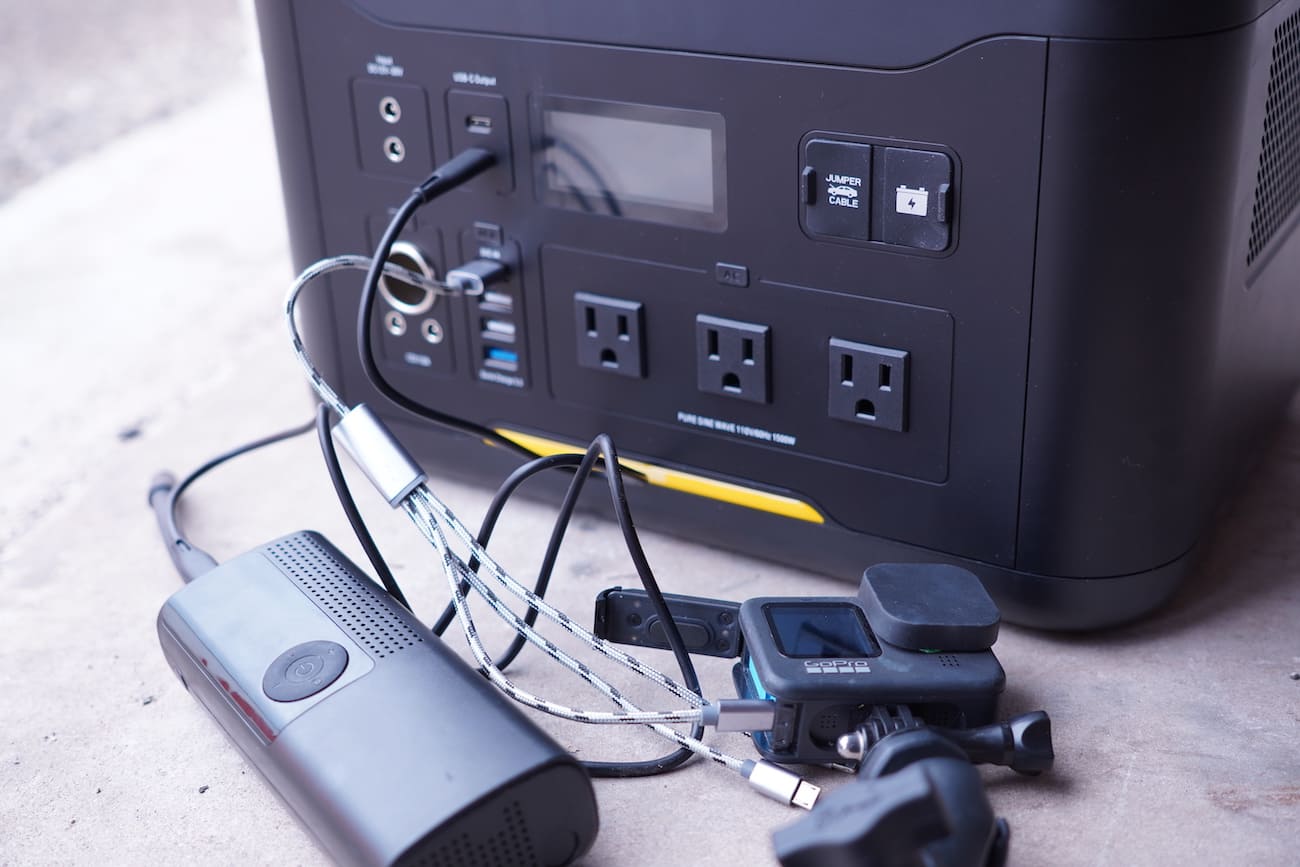
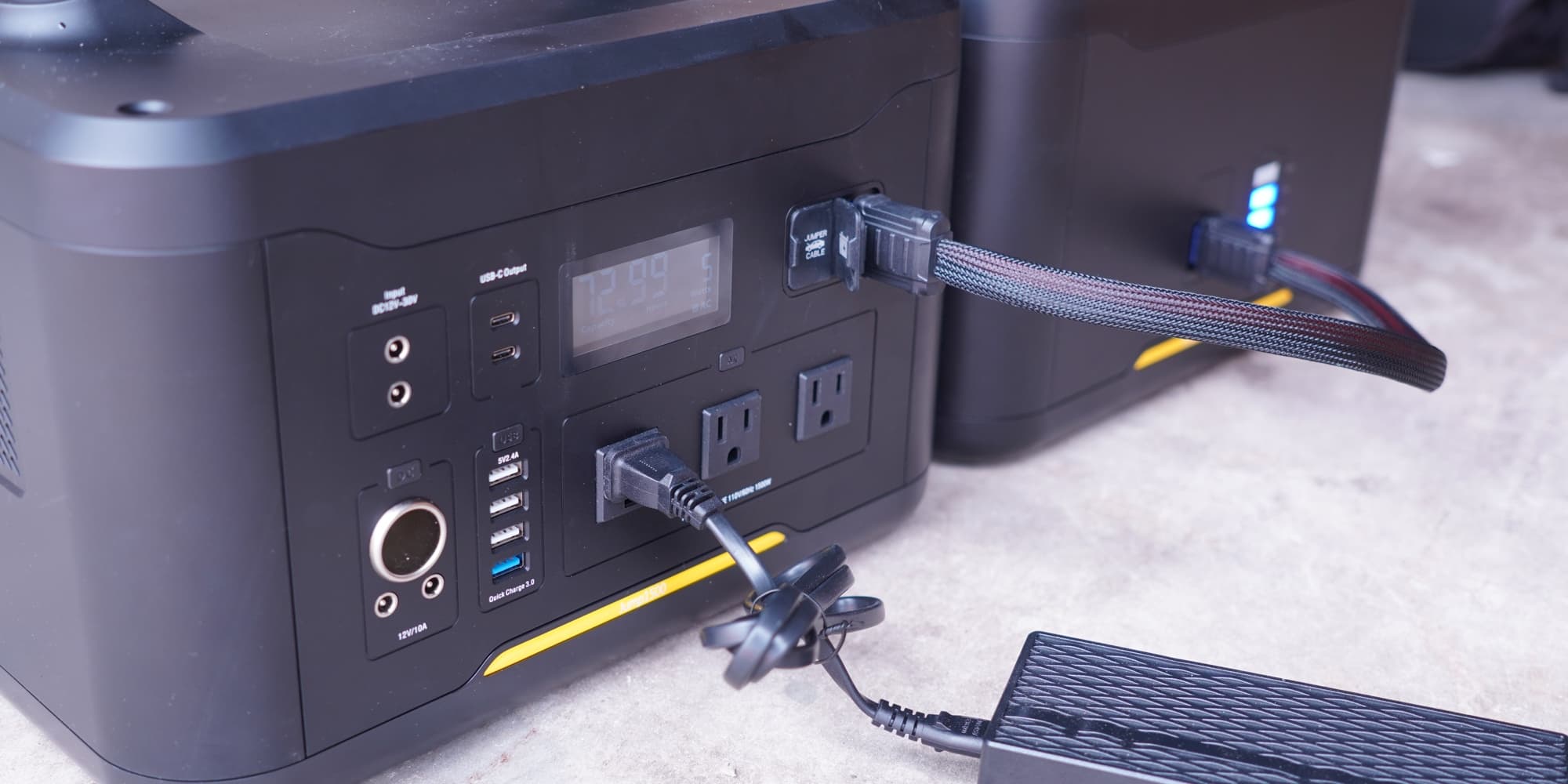
Subscribe to Electrek on YouTube for exclusive videos and subscribe to the podcast.
Author: Micah Toll
Source: Electrek



